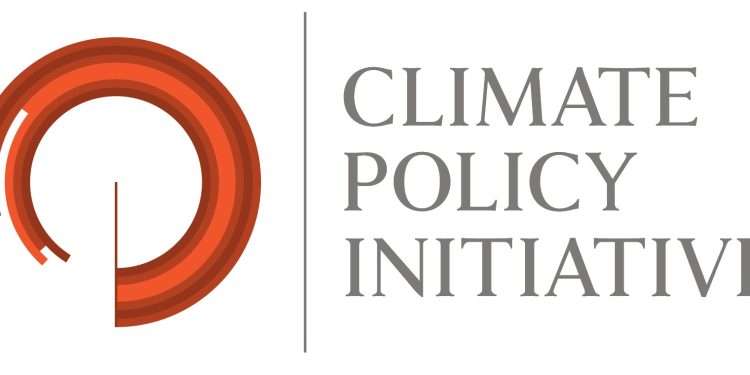Climate Finance Roadmap
The Climate Policy Initiative (CPI) releases a climate finance roadmap aimed at providing stakeholders with ways to identify and mobilize climate financing.
The Climate Policy Initiative believes that the global climate financing funding gap is $6.1 trillion per year, which is five times the current climate financing. The climate finance roadmap can develop priority investment items and narrow the funding gap.
Related Post: Climate Policy Initiative Releases Global Climate Finance Report
Background of Climate Finance Roadmap
The climate finance roadmap can help the public and private investors understand the climate financing characteristics of different regions and sectors, effectively guiding fund allocation. The roadmap can also provide intervention measures for regulatory agencies to develop more accurate investment plans. The climate finance roadmap has the following characteristics:
- Based on investors’ preferences, industry and regional risk situations, invest in different markets.
- Based on climate technology and financial market development, search for the most effective financial instruments.
- Develop regulatory policies to attract funds based on the obstacles to climate investment.
- Adopt a prudent investment approach based on the goals of various market participants.
Contents of Climate Finance Roadmap
The Climate Policy Initiative divides the climate finance roadmap into seven parts:
- Determine financing gap: Determine the size of climate financing gap based on country, region, industry, and sub industry. This analysis needs to consider the climate action potential and priorities of countries and regions, as well as the availability of climate data. The financing gap is calculated by subtracting the supply of funds from the demand for funds. The Global Landscape of Climate Finance database provided by the Climate Policy Initiative can provide relevant data.
- Assess investment risks and attributes: Determine the investment risks and attributes of climate financing based on the characteristics of the countries, regions, industries, and sub industries. Investment risks include technical risks, governance risks, financing risks, physical risks, and market risks. Investment attributes include investment term, investment scale, and investment return. This information can measure the risks and opportunities of climate financing and create investment standards through qualitative and quantitative methods.
- Assess investor characteristics and preferences: Public and private investors have different investment characteristics and preferences. Investment characteristics include risk tolerance, investment term, investment scale, and investment return. Investment preferences include investment objectives, financial instruments, regulatory restrictions, and available funds. This information can be used to confirm which projects may be of interest to specific types of investors.
- Match investors and investment projects: Match the investment risks, attributes, characteristics, and preferences obtained from the above steps. These matches can be used to determine which potential investors the project has.
- Identify capital structures: Measure the types of capital required for investment projects, such as debt and equity, and whether these investments have favorable conditions, these choices depend on the development of financial markets. Different capital structures are associated with project risks, and some financial instruments may be more suitable for high-risk climate investments.
- Assess climate financing funds: Based on the above steps, link investors, investment projects, and capital structures to meet the needs of stakeholders.
- Develop climate finance roadmap: After completing the above steps, analyze the key actions of investors and regulatory agencies in narrowing the climate financing gap.
Reference:
Climate Finance Roadmaps
ESG Advertisements Contact:todayesg@gmail.com








